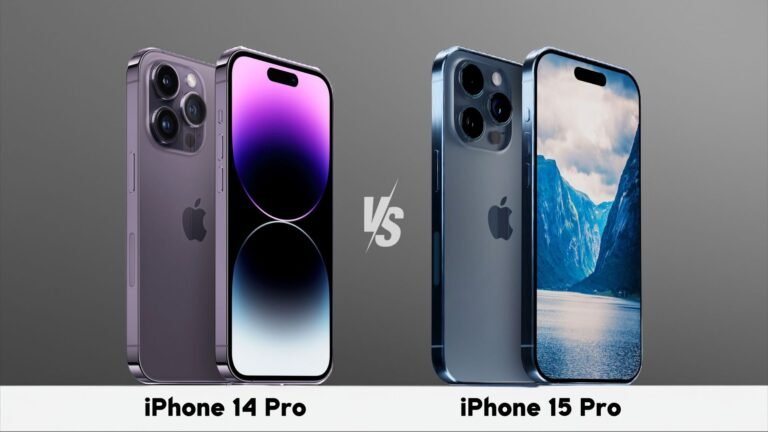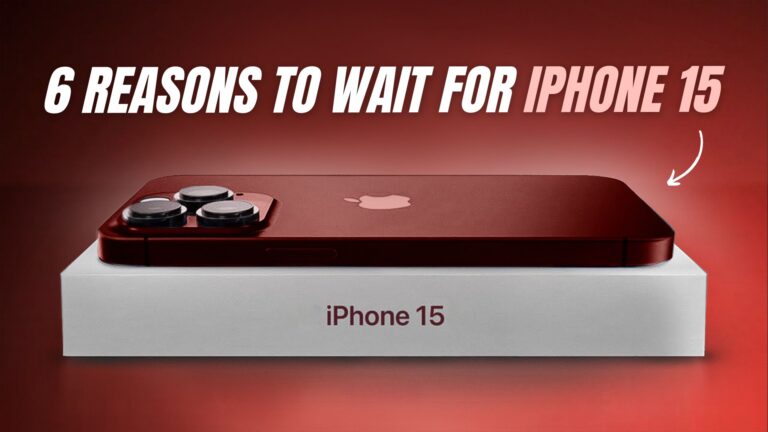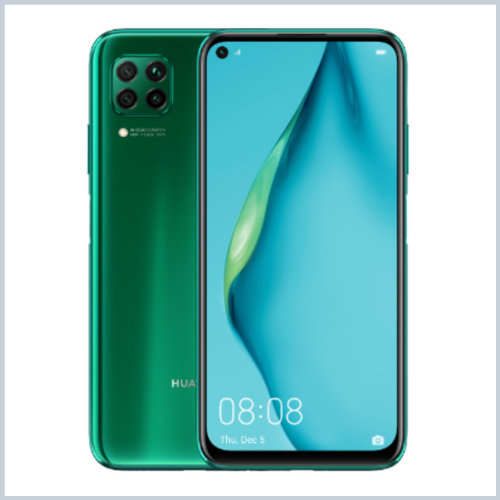 | 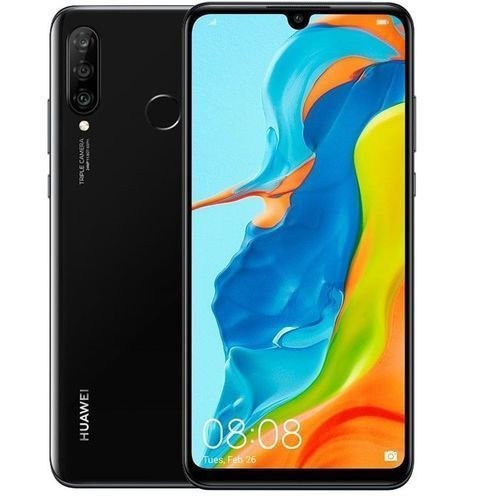 |
|---|---|
| P40 LITE | P30 LITE |
| BUY NOW | BUY NOW |
| PROS | PROS |
| Compact body, stunning colors. Large and punchy display. Top-notch battery life, blazing-fast charging. Class-leading performance. Latest Android 10 and EMUI 10. Great photography skills day and night. | Eye-grabbing design. Competent camera. Fast charging. |
| CONS | CONS |
| No splash resistance. Memory expansion only via NM cards. No Google Services though alternative app sources are available. No 4K video recording, 1080p footage isn’t that good. No video stabilization. | Middling power. Mono speaker. Mediocre battery life. |
SPECIFICATIONS
| NETWORK | P40 LITE | P30 LITE |
| Technology | GSM / HSPA / LTE | GSM / HSPA / LTE |
| 2G bands | GSM 850 / 900 / 1800 / 1900 – SIM 1 & SIM 2 | GSM 850 / 900 / 1800 / 1900 – SIM 1 & SIM 2 (dual-SIM model only) |
| 3G Network | HSDPA 800 / 850 / 900 / 1700(AWS) / 2100 | HSDPA 850 / 900 / 1900 / 2100 – Asia |
| 4G Network | LTE band 1(2100), 2(1900), 3(1800), 4(1700/2100), 5(850), 7(2600), 8(900), 18(800), 19(800), 20(800), 28(700), 34(2000), 38(2600), 39(1900), 40(2300), 41(2500) – JNY-L21A, JNY-L01A, JNY-L21B | LTE band 1(2100), 3(1800), 5(850), 7(2600), 8(900), 28(700), 34(2000), 38(2600), 39(1900), 40(2300), 41(2500) – Asia |
| Speed | HSPA 42.2/5.76 Mbps, LTE-A (2CA) Cat13 400/75 Mbps | HSPA 42.2/5.76 Mbps, LTE-A (2CA) Cat6 400/50 Mbps |
| LAUNCH | P40 LITE | P30 LITE |
| Announced | 2020, February 27 | 2019, March |
| Status | Available. Released 2020, March 2 | Available. Released 2019, April |
| BODY | P40 LITE | P30 LITE |
| Dimensions | 159.2 x 76.3 x 8.7 mm (6.27 x 3.00 x 0.34 in) | 152.9 x 72.7 x 7.4 mm (6.02 x 2.86 x 0.29 in) |
| Weight | 183 g (6.46 oz) | 159 g (5.61 oz) |
| SIM | Hybrid Dual SIM (Nano-SIM, dual stand-by) | Single SIM (Nano-SIM) or Hybrid Dual SIM (Nano-SIM, dual stand-by) |
| DISPLAY | P40 LITE | P30 LITE |
| Type | LTPS IPS LCD capacitive touchscreen, 16M colors | LTPS IPS LCD capacitive touchscreen, 16M colors |
| Size | 6.4 inches, 101.4 cm2 (~83.5% screen-to-body ratio) | 6.15 inches, 93.6 cm2 (~84.2% screen-to-body ratio) |
| Resolution | 1080 x 2310 pixels (~398 ppi density) | 1080 x 2312 pixels (~415 ppi density) |
| PLATFORM | P40 LITE | P30 LITE |
| OS | Android 10.0 (AOSP + HMS); EMUI 10 | Android 9.0 (Pie), upgradable to Android 10.0; EMUI 10.0 |
| Chipset | HiSilicon Kirin 810 (7 nm) | Hisilicon Kirin 710 (12 nm) |
| CPU | Octa-core (2×2.27 GHz Cortex-A76 & 6×1.88 GHz Cortex-A55) | Octa-core (4×2.2 GHz Cortex-A73 & 4×1.7 GHz Cortex-A53) |
| GPU | Mali-G52 MP6 | Mali-G51 MP4 |
| MEMORY | P40 LITE | P30 LITE |
| Card slot | NM (Nano Memory), up to 256GB (uses shared SIM slot) | microSDXC (uses shared SIM slot) |
| Internal | 128GB 6GB RAM | 128GB 4GB RAM, 128GB 6GB RAM, 128GB 8GB RAM |
| MAIN CAMERA | P40 LITE | P30 LITE |
| Modules | 48 MP, f/1.8, 26mm (wide), 1/2.0″, 0.8µm, PDAF 8 MP, f/2.4, (ultrawide) 2 MP, f/2.4, 27mm (macro), 1/5.0″, 1.75µm 2 MP, f/2.4, (depth) | 48 MP, f/1.8, 27mm (wide), 1/2.0″, 0.8µm, PDAF 8 MP, 17mm (ultrawide) 2 MP, f/2.4, (depth) |
| Features | LED flash, HDR, panorama | LED flash, HDR, panorama |
| Video | 1080p@30fps | 1080p@30fps (gyro-EIS) |
| SELFIE CAMERA | P40 LITE | P30 LITE |
| Modules | 16 MP, f/2.0, (wide), 1/3.1″, 1.0µm | 24 MP, f/2.0, 26mm (wide), 1/2.8″, 0.9µm |
| Features | HDR | Panorama |
| Video | 1080p@30fps | 1080p@30fps |
| SOUND | P40 LITE | P30 LITE |
| Loudspeaker | Yes | Yes |
| 3.5mm jack | Yes | Yes |
| COMMUNICATION | P40 LITE | P30 LITE |
| WLAN | Wi-Fi 802.11 a/b/g/n/ac, dual-band, Wi-Fi Direct, hotspot | Wi-Fi 802.11 a/b/g/n/ac, dual-band, Wi-Fi Direct, hotspot |
| Bluetooth | 5.0, A2DP, LE | 4.2, A2DP, LE, aptX HD |
| GPS | Yes, with A-GPS, GLONASS, GALILEO, BDS, QZSS | Yes, with A-GPS, GLONASS, BDS |
| NFC | Yes (market/region dependent): JNY-L21A, JNY-L01A, JNY-L21B | Yes – MAR-L21MEA, MAR-LX1M only |
| Infrared port | No | No |
| USB | 2.0, Type-C 1.0 reversible connector, USB On-The-Go | 2.0, Type-C 1.0 reversible connector, USB On-The-Go |
| FEATURES | P40 LITE | P30 LITE |
| Sensors | Fingerprint (side-mounted), accelerometer, proximity, compass | Fingerprint (rear-mounted), accelerometer, gyro, proximity, compass |
| BATTERY | P40 LITE | P30 LITE |
| Charging | Non-removable Li-Po 4200 mAh battery | Non-removable Li-Po 3340 mAh battery |
| Stand-by | – | – |
| Talk time | – | – |
| MISC | P40 LITE | P30 LITE |
| Colors | Black, Emerald Green, Light Pink/Blue | Peacock Blue, Midnight Black, Pearl White |
| Price | $258 | $189 |
DESIGN
P30 Lite
Even though it’s less expensive, the huawei P30 light brings the same captivating looks you get from the more premium P30. The back is made of glass though here instead of an aluminum frame there is a plastic one but it definitely doesn’t feel flimsy or cheap though.
The pearl-white model looks really clean with chrome accents. In contrast the peacock blue was a bit louder with this shiny metallic gradient.
My only real gripe with the build is that the large camera bump makes a wobble quite a lot on a desk, making it almost unusable there and of course there’s no waterproofing but it’s hard to expect that at this price point.
P40 Lite
The phone is a step down from its P40 flagship cousins but it still brings some nice features including a slick looking design.
It looks like it’s made of glass and metal but it’s actually built from plastic which you can feel if you pick the device up. Regardless, it’s actually pretty light and comfortable in the hand.
The P40 light seems well built and sturdy but unlike its flagship cousins it doesn’t have water resistance. Though it has cut costs with this build materials, the P40 light hasn’t sacrificed anything looks wise. I really like the curved back panel with his pastel colors. The symmetrical square camera bump is nice to look at too.

DISPLAY
P30 Lite
On the front the P30 light features a tall 6.15 inch IPS LCD with a 1080p resolution. There is a small water drop notch cut out for the selfie cam and as you’d expect from Huawei you can hide it with a black bar if you want.
At 415 PPI content looks decent on this screen, it posted very good numbers for contrast though we have seen better in this class and colors can be impressively accurate in the sRGB color space.
Maximum brightness is pretty good for an LCD at 501 nits in auto mode in bright conditions. We did notice a contrast shift when tilting the screen and with a white background you can notice that the panel looks a bit dimmer around the edges.
The P30 light does have a notification LED up at the top above the notch, so you know if there’s something that needs your attention.
P40 Lite
The P40 light screen is the 6.4 inch IPS LCD with a 1080p resolution. The refresh rate is the standard 60 Hertz. You will notice the rather large punch hole cut out up at the top for the selfie camera. I’m not a fan of this cutouts.
This displays performance is okay. Colors are punchy in the default vivid mode and you can make them quite accurate in settings. Contrast is decent but not too impressive and max brightness is just average at 460 nits and up to 550 nits in auto mode when in bright conditions.
We are glad that unlike other recent Huawei phones this one supports Widevine L3. This means that you can run Netflix, Amazon Prime video, and other streaming services but it in contrast to Widevine L1, the streaming is not an HD quality.
AUDIO
P30 Lite
For your audio, there’s a single speaker down at the bottom next to the USB-C port. It scored excellent loudness in our tests but the output is lacking in the highs and the lower frequencies.
There is a regular headphone jack to plug into and sound through headphones is below average volume wise but has good clarity. There is FM radio when you’re plugged in as well.
P40 Lite
The Huawei P40 Lite has a single bottom firing loudspeaker. It’s performance is decent, it scored a good loudness score in our tests, and it handles mids and highs pretty well. Low frequencies are lacking though.
If you want to plug in headphones the P40 light does have a 3.5 millimeter jack and there are even headphones included in the box.

SOFTWARE & PERFORMANCE
P30 Lite
The user interface is Android 9 Pi with Huawei’s EMUI 9.0 on top. All of your apps are on the home screen by default but you can choose to keep them in an app drawer instead. Swiping down on the home screen will open a search bar for your apps and contacts and going to the left on the home screen brings you to a Google News Feed. If you need to easy access to the notification shade you can pull it down by swiping your finger on the fingerprint scanner and if you want you can use gesture navigation instead of the on-screen navigation keys.
Under the hood of the P30 light is Huawei’s Kirin 710 chipset in either 4 or 6 GB of RAM. It delivers decent performance on par with competitors like the Snapdragon 660 and the Helios P70. It has managed quite well and games run mostly without a hitch.
P40 Lite
The P40 light relies on Huawei’s mobile services and apps, some of which are still in development. You can download apps through Huawei’s app gallery at the moment the catalog isn’t very large but it’s growing all the time, as an alternative you can download apps through another third-party app store such as Amazon’s or apkpure or transfer them from another phone with phone clone.
These workarounds are doable but you may miss out on software updates and some apps just won’t work if they’re dependent on GMS. Overall, it’s a hassle.
The P40 lights interface is pretty straight forward, it’s Huawei’s EMUI 10 based on android 10. Instead of google feed here you have a space called today. Looks-wise, the interface isn’t so far off from stock Android and everything runs quickly and smoothly.
Part of the reason behind this phone snappiness is this new Kirin 810 chipset. It’s Huawei’s latest mid-range chip and this thing is a beast. The processor easily outperforms every competitor in his class. Thermal performance is excellent and gaming is a pleasure on this phone. As long as the games you want to play don’t require Google services in order to run.
SECURITY
P30 Lite
You can unlock the phone with a fingerprint scanner located on the back. It’s quite fast and reliable. There’s a face unlock option too with the usual caveats. It isn’t as secure as a fingerprint.
P40 Lite
Unlocking the P40 light is quite easy with the side mounted fingerprint reader. It’s super fast and accurate to recognize your touch.

CAMERA
P30 Lite
The P30 light has a triple camera setup on the back. There’s a 48 megapixel main camera and 8 megapixel ultra-wide camera and a 2 megapixel death sensor for portrait mode.
The main cam uses a quad bayer filter and pixel binning, so it’s default output is 12 megapixels. In good light images look great with a good colors, excellent detail, and impressive dynamic range. You can opt to take photos and 48 megapixels but this takes longer to capture and is a bit finicky.
There is no telephoto camera on the P30 light, so if you do decide to zoom, it’s done digitally. The ultra wide camera produces good 8 megapixel images.
We were quite impressed by the P30 light portrait mode especially for a mid ranger. Shots come out in 12 megapixels and have excellent subject separation. The edge detection is pretty hard to fool and transitions are well done.
In low-light 12 megapixel shots from the main camera have good color saturation and exposure. If you switch to the dedicated night mode each shot takes a bit longer, you’ll have to wait a few seconds but the results are much better with more detail. There is no night mode for the ultra wide-angle camera.
The P30 light has a 24 megapixel selfie camera with an f/2.0 lens. If you get the distance right and if there’s plenty of light you can get some detailed shots with spot-on colors.
Video can be recorded and up to 1080p at 30 or 60 FPS. The 30 FPS mode has electronic stabilization which is always on.
P40 Lite
There’s a 48 megapixel quad bayar main camera and 8 megapixel ultra white camera, a 2 megapixel dedicated macro camera and a depth sensor. There’s no telephoto unlike on the flagship models.
Day shots from the main camera look quite good. They come out in 12 megapixels and they’re sharp and detailed with accurate colors and great dynamic range. However, we weren’t as impressed with areas of complex detail which don’t look as nice maybe due to the noise reduction. You can shoot in the full 48 megapixels in what is called AI ultra clarity mode, these images have great quality with excellent detail.
The P40 light has a toggle for 2x magnification but since there’s no telephoto this is just digital zoom.
Portraits are taken with the help of the depth sensor. Images look very good with competent separation and a nice D-focused background.
8 megapixel photos from the ultra wide camera are ok but nothing special. They have good detail but colors appear a bit washed out and dynamic range is rather low.
The 2 megapixel close-up images from the macro camera are really nice with enough detail and punchy colors but since there’s no autofocus getting your miniature subjects in focus may take some trial and error.
In low-light, photos from the main camera have very good detail and color saturation, balance exposure, and the noise reduction isn’t too harsh. Overall, we like these results, if you switch over to night mode the overall exposure is improved and some detail is restored.
Selfies are taken with the P40 light 16 megapixel front-facing camera. They look quite good with accurate colors and nice contrast. Detail is a little lacking though and we would have liked to see autofocus here but one neat feature is night mode for the selfie camera, it does a good job in brightening up a dark scene and it takes less than a second to shoot.
Videos can be recorded in only up to 1080p at 30fps with the main and ultra wide cameras. Both cameras deliver nice contrast, low noise, punchy colors, and good dynamic range. There is no electronic stabilization available.
BATTERY
P30 Lite
Battery life on this phone is actually really good it has a 3300mAh battery and it’s scored a 94 hour endurance rating in our proprietary tests that’s a much better than last year’s P20 light, you do get fast charging as well with the bundled 18 watt charger. We were able to go from 0 to 35% charge in half an hour.
P40 Lite
The P40 light battery life is really impressive as well with a large 4200mAh battery. It was able to score an awesome endurance rating of 121 hours in our proprietary battery tests. And when you do need to charge up it’s super fast, since the P40 light comes with a 40 watt Huawei super charger in the box. We were able to charge from 0 to 70% in just half an hour.

WHICH SHOULD YOU BUY?
Overall, P40 Lite is a winner. P40 Lite has good cameras, performance, display, and I think it even looks good in design. I Know it is expensive than P30 Lite but I think that paying 50USD more will worth it.
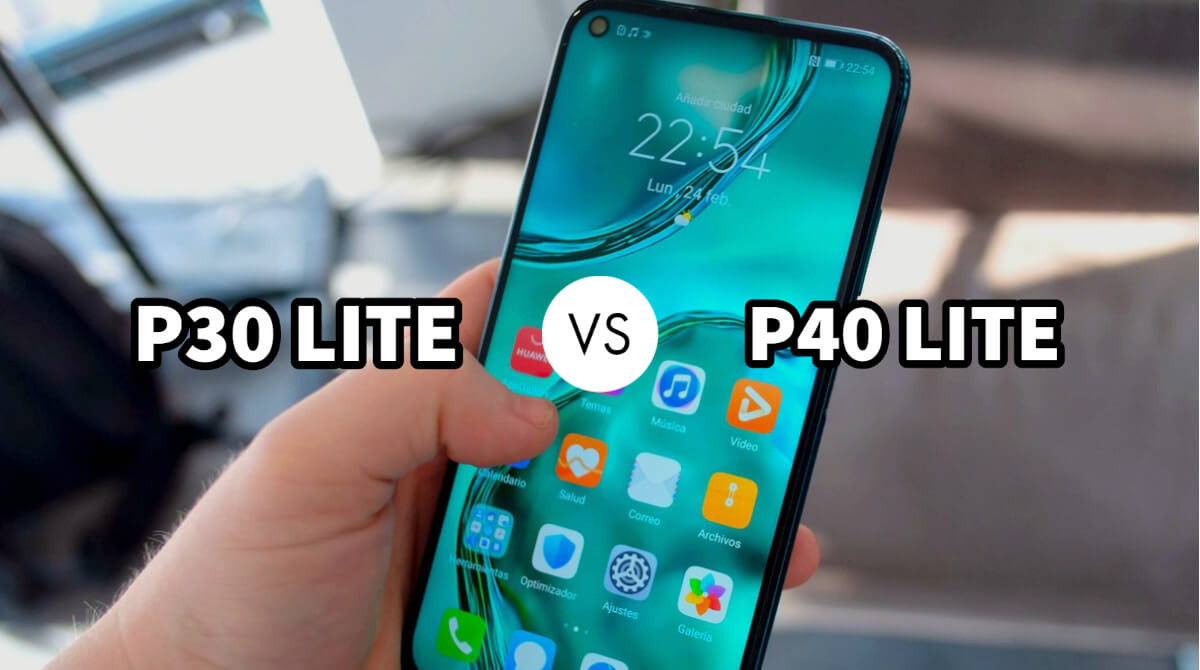
![iPhone 14 vs iPhone 13 vs iPhone 12 [Updated Guide]](https://www.theworldsbestandworst.com/wp-content/uploads/2022/11/iPhone-14-vs-iPhone-13-vs-iPhone-12-768x432.jpg)
